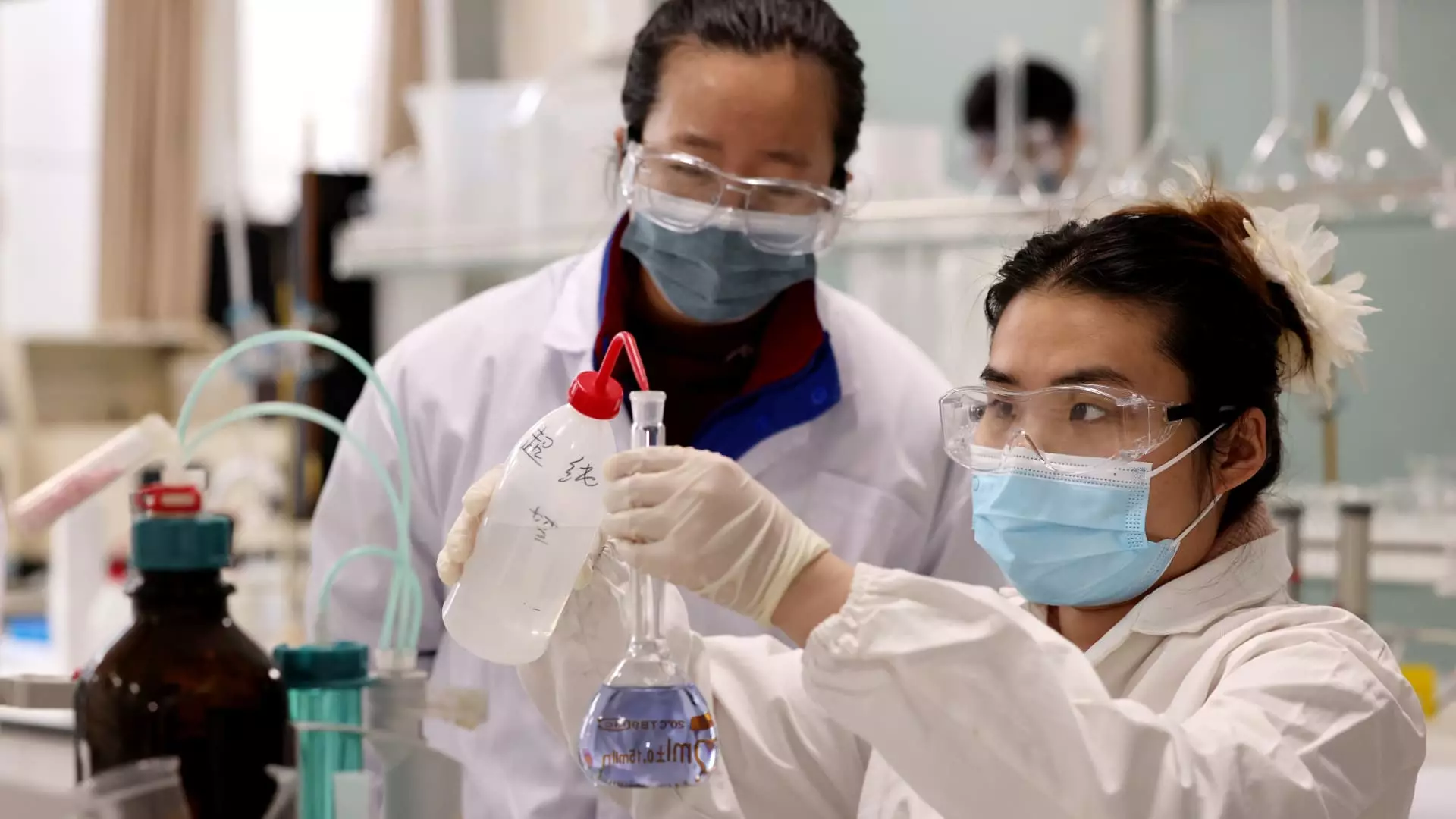The landscape of biotechnology is evolving dramatically, and these changes are unfolding at an alarming pace. Recent studies underscore China’s unstoppable rise in biotechnology, a domain that especially magnifies the growing competitive tension between the U.S. and China. Not merely a backdrop to the larger narrative of global competition, China’s advancements in biotechnology now present a stark challenge to the United States, showcasing an area where the U.S. faces substantial risk of losing ground. The Harvard Belfer Center’s recent report highlights that within the sector of critical technologies, biotechnology stands out with the potential for China to eclipse U.S. capabilities. The implications of this are profound, suggesting that developments within this field might soon tilt the balance of global power, a concern that is echoed throughout Washington’s corridors of power.
A Wake-Up Call for U.S. Policy
Alarm bells are ringing, and for good reason. The U.S. National Security Commission on Emerging Biotechnology has painted a striking picture of urgency—a “ChatGPT moment” for biotech may be on the horizon. If China gets there first, the repercussions could be irreversible. How did we reach a point where the United States, a nation once renowned for its innovative prowess, now finds itself in a game of technological catch-up? The commission’s call for a two-pronged strategy—advancing American innovation while constraining China’s progress—is not just prudent; it feels like the last-ditch rallying cry of a nation staring down the barrel of obsolescence.
One cannot ignore the dollar signs attached to these plans. A proposed $15 billion investment to bolster the domestic biotech sector hints at desperation masked as a strategic initiative. Why should it take an existential threat for America to realize the importance of short and agile innovation cycles? The Chinese biotech sector, already buoyed by substantial investments from both domestic and foreign pharmaceutical giants, shows that when given a backbone of state support, innovation can flourish rapidly. China is not just sprinting; it’s transforming biotechnology into a strategic asset.
The Challenge of Regulatory Frameworks
One critical factor distinguishing the U.S. and China in the biotechnology race lies in their respective regulatory environments. The flexibility associated with China’s regulatory framework enables faster product development and approvals—an aspect vital for an industry where timing can dictate life or death outcomes. The contrast with the United States, where regulatory processes are mired in bureaucracy, is stark.
Imagine a pharmaceutical giant waiting for years to gain necessary approvals while competitors in China are already at the commercialization phase. It’s a surreal and somewhat terrifying scenario. This extended approval timeline in the U.S. stems from a commitment to rigorous standards—admirable in principle but detrimental in practice. The need for a nimble regulatory framework is paramount if the U.S. wants to maintain its competitive edge. Meanwhile, China capitalizes on what could be perceived as a reckless regulatory approach, positioning itself as a beacon for biotech startups.
The Broader Implications of Chinese Dominance
The stakes extend beyond mere competition in innovation; they encompass broader geopolitical dynamics. As the U.S. grapples with concerns surrounding Chinese dominance in sectors like rare earth materials, the potential for biotech to become another lever of influence is palpable. This dynamic raises troubling questions about dependency on Chinese biotech solutions, particularly in areas such as pharmaceuticals and agricultural development, which are foundational to the health and sustainability of nations.
Eric Rosenbach’s insights about the improbability of U.S.-China cooperation in biotech spotlight the adversarial climate underpinning this high-stakes domain. In a world increasingly divided along ideological lines, can we afford to ignore collaborations that could lead to breakthroughs and shared benefits? The polarization may likely prevent the exchange of ideas and technologies that could serve humanity as a whole, painting a bleak picture for future scientific cooperation.
Integrating Global Talent in Biotechnology
Amidst the turmoil and competitiveness lies an unusual optimism ingrained in the biotech sector’s fabric. Startups such as Insilico Medicine are testaments to the potential of leveraging a global talent pool in biotechnology, combining expertise from around the world, including the U.S., China, and the Middle East. Here, innovation transcends national boundaries—a notion that is vital and worthwhile.
As biotech evolves into a more interconnected field, the successful companies of the future will inevitably require adaptability and a mastery of navigating diverse regulatory landscapes. This will involve not just U.S.-based firms but global players smart enough to integrate their operations across multiple jurisdictions. One can only hope this trend leads to an environment of collective advancement—one that emphasizes capability and efficiency over a narrowly defined protective nationalism.
China may be racing ahead in biotechnology, with structures, investments, and tactical advantages at play. The U.S. must react decisively—not merely to catch up, but also to ensure that the heart of biotechnology remains a collaborative rather than a combative frontier. The urgent need of the hour is to recognize the power that resides in innovation but also to grapple with the ethical implications of competition overshadowing collaboration.

